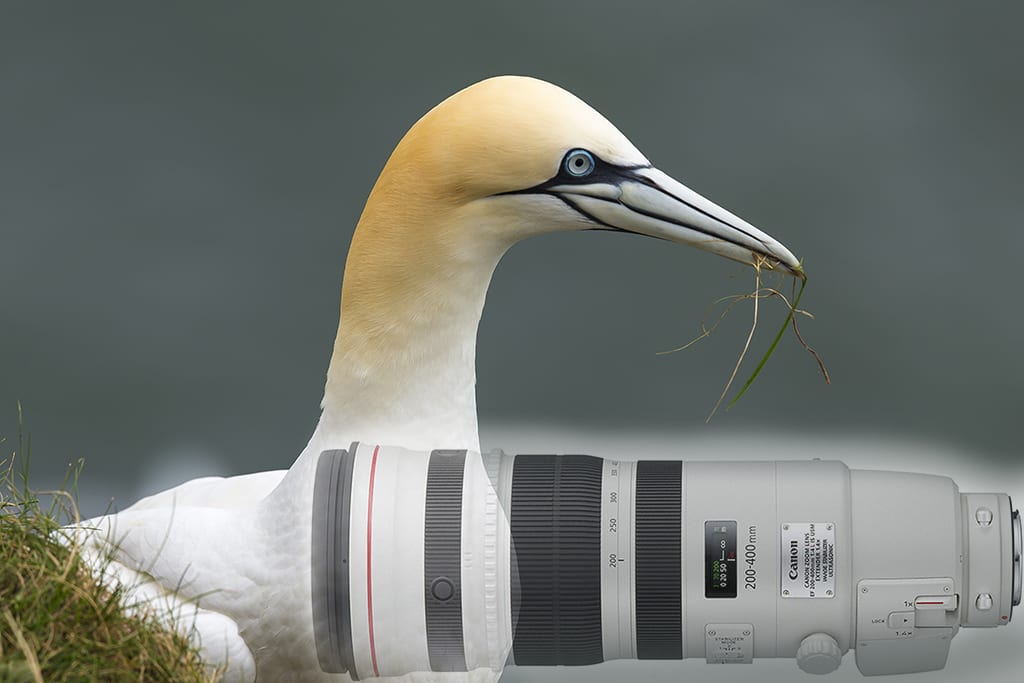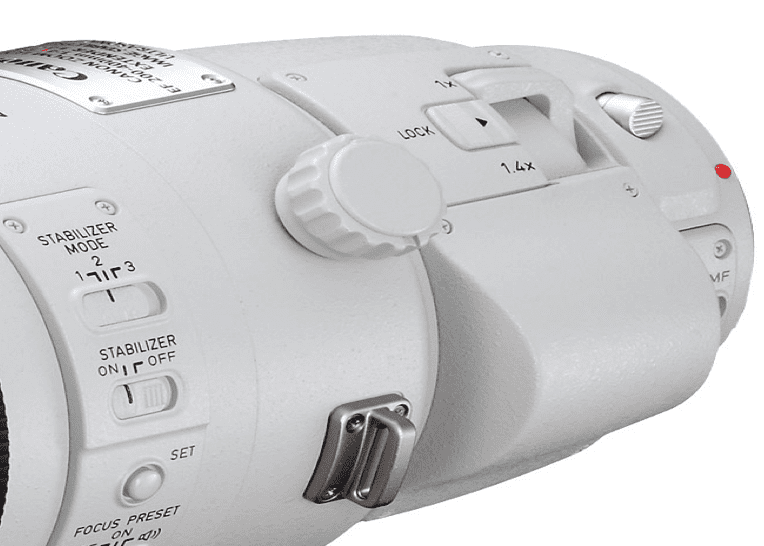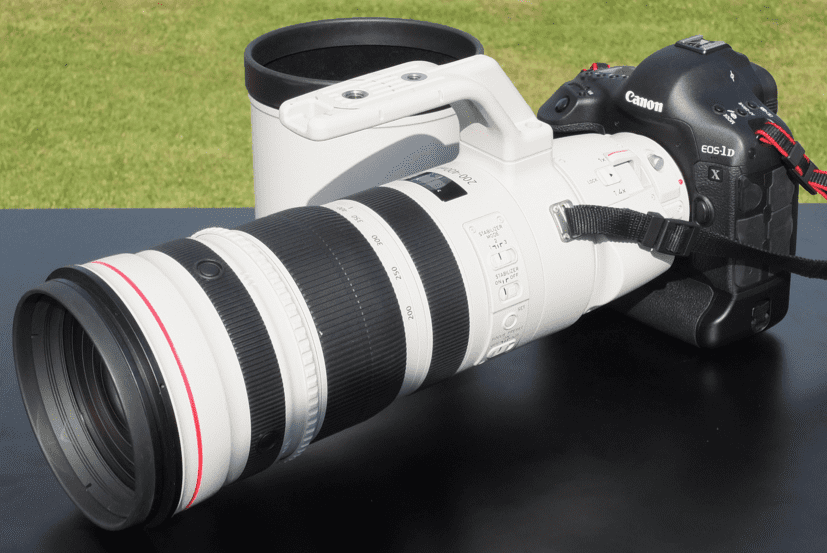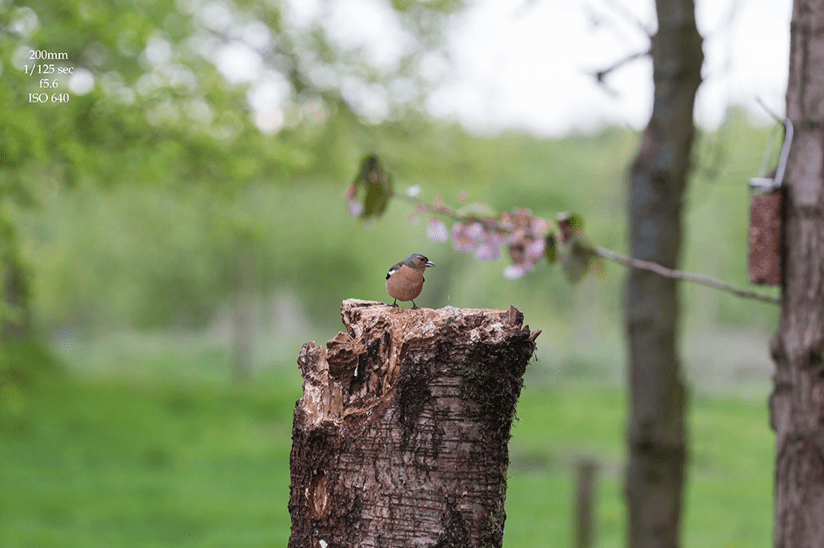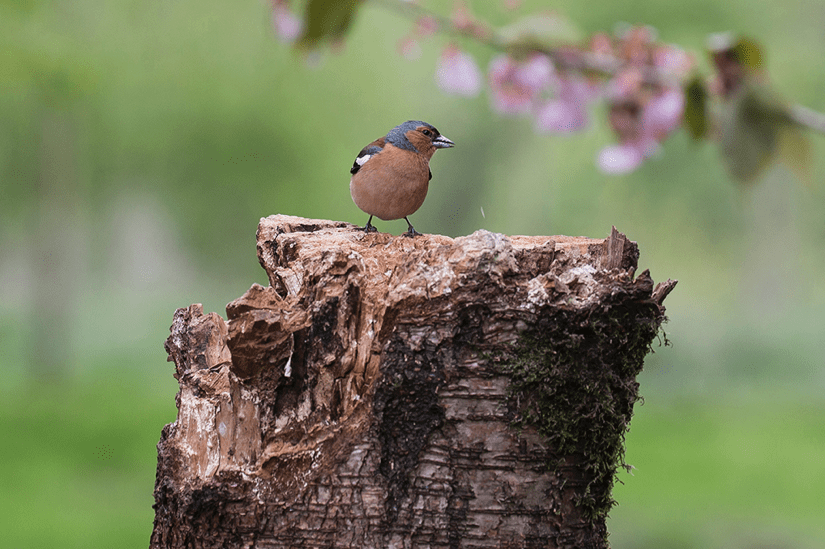IOP distinction student and experienced wildlife photographer Phil Jones test drives the Canon EF 200-400mm telephoto zoom lens….
Imagine my delight when I was given the opportunity to test a top of the range Canon zoom lens last weekend, by a friend and Canon registered dealer (under a sort of ‘try before you buy’ scheme).
As many of you will be aware, I love Wildlife photography so I jumped at this opportunity to put this lens through its paces.
Inevitably, as happens a lot in the UK, the weather over the weekend was not good, so I was limited in what I could do and where I could go. My plans to seek out some Ospreys to photograph didn’t come to fruition. However, I made the most of the chance to use the lens and now share my thoughts with you.
The lens was initially announced in early 2011 but in actual fact it was some 18/24 months later that it came on the market in direct competition to the Nikon 200-400 f4G AF-S VR 2 lens. It has proved to be an incredible addition to the “L” glass white Canon telephoto range.
Price tag
£9k –10k
This is a serious piece of kit!
Weight
3620 grams/8lbs
Attached to a 1DX, it’s not light to carry on a day out in the woods or climbing mountains to photograph low flying aircraft.
I don’t intend to go into all the spec in this blog so here is a link for anyone wanting the full details.
As the name of the lens implies it has a 1.4x Extender built into the lens in a bulge on the side, which is easily and quickly operated by using your thumb.
The extender can be locked in position at either 1x or 1.4x if desired.
This feature is superb and the built in design removes the inconvenience of having to install and remove a conventional extender.
I have to say on many occasions in the field I have been reluctant to add an extender when I really should have used one, being concerned that dust or moisture might get into the camera not to mention the fact that its very often awkward to do..
With the extender set at 1x the lens is 200-400mm with a maximum aperture of f4 across the range.
Throwing the lever to 1.4x the lens now becomes 280-560mm with a maximum aperture of f5.6.
So combined you have a zoom lens which is 200-580mm f4-5.6mm.
If you are shooting with a cropped sensor camera then these figures are increased again to the value of 1.6x.
It is possible to add a further extender to this lens as the Canon EF 1.4x mk3 and 2x Mk 3 are both compatible, however you will lose the autofocus function at a maximum aperture of f8 ( unless you are using a 7D Mk 2, 5D Mk 3 or 1 series).
Care should also be taken when switching the lens extender. As a general rule of thumb it should only be done when Live view or Video is off and when the camera shutter is not in use i.e. half pressed down.
I own an EF 70-200mm L f2.8 and previously owned an EF 100-400 mm L f4-5.6 and I have to say now that this lens is in a completely different class as you would expect for a lens of this price.
The focal length range of the 200-400mm lens along with the IS system rated at 4-stops strongly complement each other.
The IS system is in 3 modes.
Mode 1 is for stationary subjects, Mode 2 for panning subjects and Mode 3 is a new mode on the super telephoto lenses designed for tracking action and I found this mode to be my favoured mode for the faster action shots. Find out more.
Below are a series of shots taken at different focal lengths, shutter speeds, ISO,s etc. straight from the camera, without any due consideration being given to composition or “artistic impression” just to test the lens qualities.
What I have done is to keep the aperture at the lower end of the scale f5.6 as this is where lenses tend to lose detail.
Image below taken at: 200mm, 1/125 sec, f5.6, ISO 640
Image below is a crop of the upper image (200mm) to show detail.
Image below taken at: 560mm, 1/125 sec, f5.6, ISO 640
This is the same bird on the same perch at 560mm just having flicked the converter switch to 1.4x.
Next we have a grey squirrel enjoying a nut taken at 400mm.
Image below taken at: 400mm, 1/200 sec, f5.6, ISO 640
Followed by the same shot at 560mm
I have cropped the above photo to show the level of detail, see below
All these images have been taken hand held using all 3 IS modes to try them out but I have a tendency toward the IS Mode 3 for this line of work.
I am a lover of my EF 500mm F4 IS USM lens for wildlife photography but this is a lens that I would like to have in my kit bag purely for the versatility it has to offer by way of its Focal Length Range .
I did feel however that the autofocus was very slightly slower than my 500mm lens.
I didn’t notice any Chromatic Aberration in 200-400mm range but when the extender is in place and at the longest focal length a little CA was evident in the corners as is a small amount of vignetting on my full frame camera. I doubt that this would be the case with a cropped sensor camera
There is no doubt in my mind that this lens will be favoured by the photojounalists, sports photographers and wildlife togs and I could find loads of reasons to use a 200-400 in my aircraft photography.
Sadly my time spent with the lens was extremely limited and conditions were a restriction in themselves.
However I must take this opportunity to thank my good friend Lee Bevan for making this happen for me and to ask him can he get me on the list to try out a 100-400 mk 2!
Find out more about Phil Jones here and see his work here.

